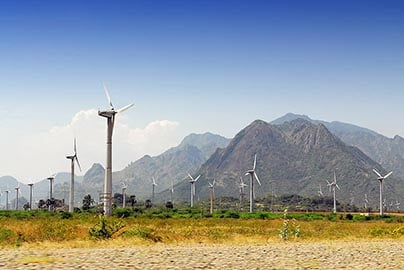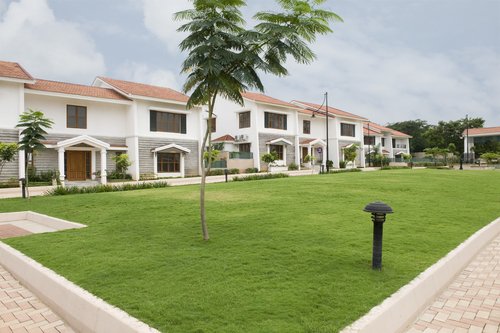India takes the lead: A Global Renewable Hub
India’s place as the key Global Hub for Renewable Energy Generation is becoming more evident by the month: GE Energy Financial Services (GEEFS) has just announced plans to invest $90 Million towards development of a Major Portfolio of 500 MW in partnership with the RattanIndia Group.
Anjali Rattan, Chief Executive of RattanIndia, explained the background to the deal:
“RattanIndia and GEEFS are partnering to develop 500MW of solar asset technology. GEEFS will be investing $90 million for the 500MW solar portfolio and has already invested in 210MW solar projects with RattanIndia located in Government Solar Parks at Bhadla (Rajasthan), Allahabad (Uttar Pradesh), Pavagada (Karnataka) and in RattanIndia’s home territory of Katol (Maharashtra)”.
All this comes in the immediate context of Prime Minister Modi’s Government having set India an ambitious target of adding 175 GW of clean energy by 2022; and that commitment was made in the teeth of last month’s withdrawal of the United States from the Paris Climate Accords (surely making GE’s latest substantial investment in the subcontinent’s renewable energy programme all the more striking).
GE obviously recognises the importance of India as the leading Growth Market in the World at the moment and such huge resourcing programmes provide dry powder for companies like RattanIndia to ride the tiger of India’s ambition. But bear in mind too that this is very far from being a one off venture into the subcontinent’s Renewable Energy Sector.
GEEFS has previously invested in Welspun Renewables’ Neemuch Plant in the Anantapur District of Andhra Pradesh, and there is also a parallel project in Betul in Madhya Pradesh as well as Greenko’s wind energy projects in Northern India.
These crucial developments have also, importantly, been aided by a significant reduction in the applicable tariffs for Indian solar energy generation: from Rs10.95 to 12.76 per kilowatt hour (kWh) in 2010-11. The applicable rates hit a new low of Rs2.44 per unit in May of this year where, at the auction of 500MW capacity at the Bhadla solar park in Rajasthan and last year, RattanIndia Solar won a 50MW solar project at a tariff of Rs4.43 per kWh. Through its subsidiary Yarrow Infrastructure Ltd, it also won a 70MW solar project at a tariff of Rs4.36 per kWh in an NTPC Ltd run e-auction.
So it should come as no surprise to learn that India’s installed solar power generation capacity has risen more than fourfold in the last six years. Prime Minister Modi’s Government has been promoting Solar Power as part of that evolutionary process as well as recently deciding to continue its programme of exempting solar power producers from interstate supply charges for an extended period down to December 2019: “The decision was taken by the Ministry of Power in consultation with the Ministry of New and Renewable Energy and other stakeholders since imposition of charges would have raised the cost of using solar power from another state by Rs1-2.50 per kWh, depending on the distance it is transmitted and voltage at which it is supplied.”
It all points of course towards a brighter future for Renewable Energy on the subcontinent; underpinning Red Ribbon Asset Management’s decision (since it was founded more than a decade ago) to place Renewables at the very heart of it’s Mainstream Impact Investment Strategies. Strategies that generate above market rate returns for its investors whilst at the same time supporting stronger, long-term businesses; creating long term, resilient projects and delivering better impacts on the community, on our wider society and on the environment.
Read about Rattanindia and GE
Read about Welspun Renewables








Leave a Reply